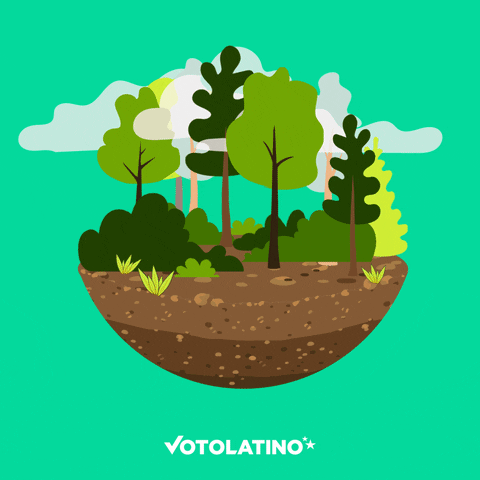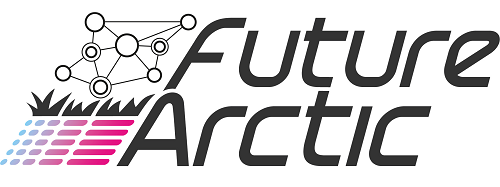“Since my childhood I was told, ‘aim for the skies’. I think I took it damn seriously. Hello, so here I am, Vaidehi Narsingh  who traveled from India to Denmark to pursue my dream of being an M.Sc. graduate in Earth and Space Physics and Engineering from the Technical University of Denmark. While wandering in the skies, I looked back and the mother earth was so beautiful, hauling me to specialize in earth observation with data-driven approaches to explore terrestrial ecosystem carbon cycling. To further expand my knowledge, I joined the Erasmus program in the Department of Environmental Systems Science from ETH Zurich.
who traveled from India to Denmark to pursue my dream of being an M.Sc. graduate in Earth and Space Physics and Engineering from the Technical University of Denmark. While wandering in the skies, I looked back and the mother earth was so beautiful, hauling me to specialize in earth observation with data-driven approaches to explore terrestrial ecosystem carbon cycling. To further expand my knowledge, I joined the Erasmus program in the Department of Environmental Systems Science from ETH Zurich.
 Being passionate about our blue planet, I got an opportunity to be a part of the United Nations Climate Change Conference held in Katowice, Poland in 2018 as a student delegate from ETH Zurich. During the conference, I met national delegates from different countries and discussed their strategies on the promotion of mitigation techniques on climate change and implementation of results from the “IPCC 1.5-degree report”. This was the turning point in my academic career.
Being passionate about our blue planet, I got an opportunity to be a part of the United Nations Climate Change Conference held in Katowice, Poland in 2018 as a student delegate from ETH Zurich. During the conference, I met national delegates from different countries and discussed their strategies on the promotion of mitigation techniques on climate change and implementation of results from the “IPCC 1.5-degree report”. This was the turning point in my academic career.
Carrying forward my research interests in earth system dynamics and machine learning, my master thesis allowed me an opportunity to develop a statistical predictive model of soil microbial biomass carbon and nitrogen. Writing master thesis in collaboration with The Crowther Lab, ETH Zurich, a research lab focused on understanding the role of global ecology in climate change, my work led me to generate global maps to better understand the spatial distribution of soil microbial biomass carbon and the key role of soil microbial biomass in the carbon cycle and nitrogen cycle.
The focus of my research project within the FutureArctic H2020 ITN project is on scientific machine learning to generate spatio-temporal distribution maps oriented towards gross carbon influx in plants and vegetation, to have a deep insight into the functioning of sub-Arctic grassland “ForHot” ecosystems and its impact on the climate. The project is hosted by IMEC, Belgium and the goal is to design and validate a machine learning model capable of predicting the ecosystem’s response to a given change in carbon dioxide, by considering major climatic, soil, topographical, and land managed factors. In the long term, such a model aims at predicting the modification by the combined effects of changing climate and soil properties and providing insight into the driving mechanism.
An opportunity to learn and collaborate with the best minds in the field of ecology & deep learning has given me a great head start in my research career. I am grateful and super excited for this opportunity and I am actively looking forward to contributing and working along with my colleagues in solving the big problem, Climate Change. Stay tuned and catch me on Twitter!”
“Save Earth, Save us!”


Very impressive
We need visionary people on the road to save our planet 🌍